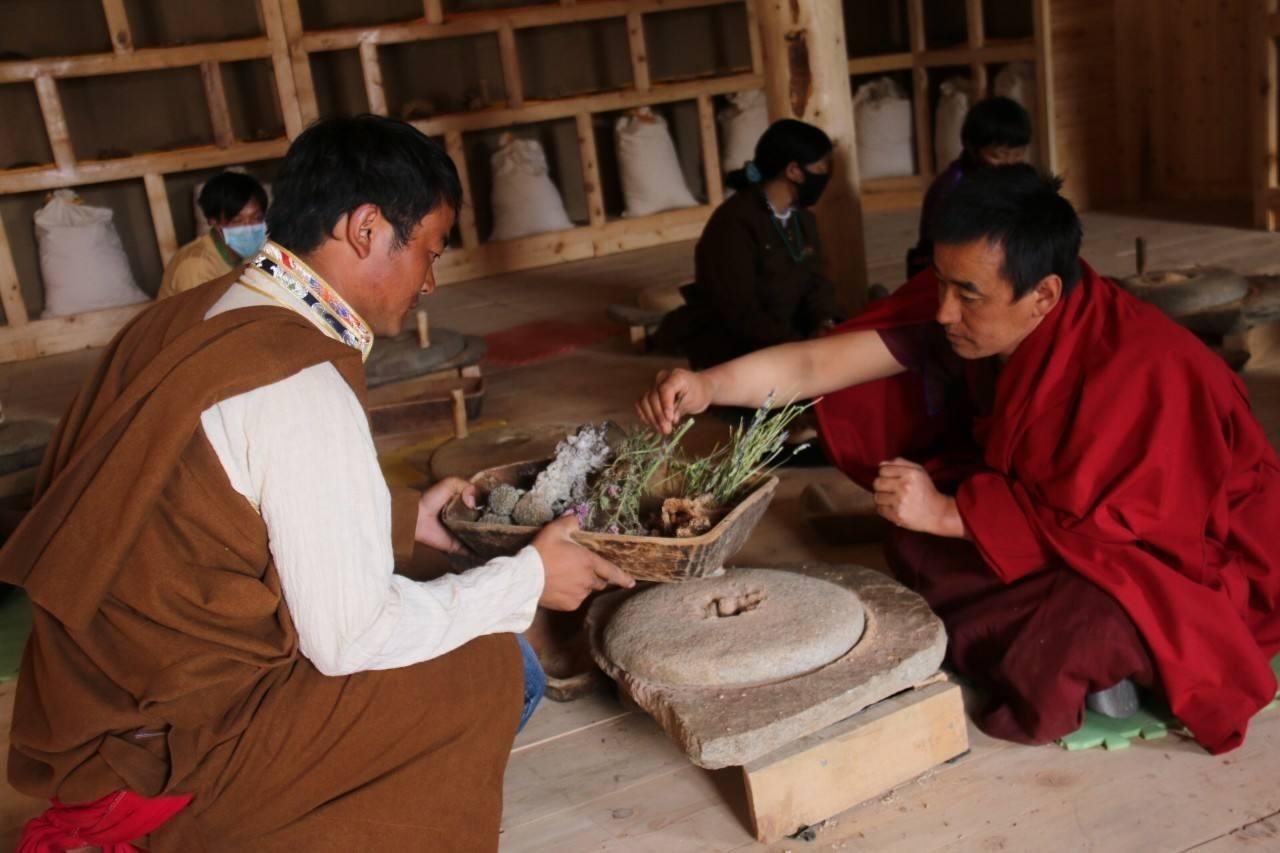The Art of Incense: Origins, Tibetan Stories, and Its Cultural Significance in the East

The Art of Incense: Origins, Tibetan Stories, and Its Cultural Significance in the East
The art of incense, known as Kōdō in Japanese and Xiangdao in Chinese, is one of the oldest spiritual and cultural practices in the East. Its history dates back thousands of years, beginning in ancient India and China where incense was burned in temples and sacred spaces to purify the air and create an atmosphere of reverence. As trade and spiritual traditions spread along the Silk Road, incense culture evolved in diverse ways — especially in Tibet, where incense became a deep part of daily and monastic life.
The Story of Tibetan Incense
Tibetan incense, or "sang", is a unique expression of Himalayan spiritual culture. It differs from other incense traditions in its focus: while many types of incense prioritize scent and elegance, Tibetan incense emphasizes healing, purification, and spiritual connection. The formulas are often safeguarded by monasteries and crafted according to ancient Ayurvedic and Tibetan medical texts.
Its ingredients typically include over 30 ethically sourced herbs such as juniper, rhubarb root, saffron, sandalwood, myrrh, and other wild botanicals native to the high-altitude regions of the Tibetan Plateau. Many of these herbs are selected not only for their aroma but for their energetic and medicinal qualities.
Functions and Benefits
Tibetan incense serves a wide variety of functions, including:
Spiritual Cleansing: Used during meditation, rituals, and prayer to dispel negative energy and enhance focus and inner peace.
Healing and Relaxation: Some blends are used in Tibetan medicine to promote calmness, detoxification, respiratory health, and emotional stability.
Emotional Balance for Humans and Animals: Tibetan incense has a soothing effect not only on people but also on household animals and poultry, helping to calm anxiety and create a peaceful shared environment.
Atmosphere Creation: Its grounding and earthy aroma makes it ideal for use in homes, yoga studios, meditation rooms, or healing spaces.
Traditionally, incense is believed to carry the intentions and wishes of people to the divine. Just as Christians may pray to God, in many Eastern cultures, burning incense is a way to communicate heartfelt prayers and blessings to higher spiritual realms.
A Refined Ritual in Modern Life
In today’s world, incense has also become part of refined daily rituals. Lighting incense during moments of tea drinking, coffee time, family gatherings, or social occasions is considered an elegant and mindful act — much like lighting candles or playing soft music. It enhances atmosphere, encourages presence, and brings a sense of ceremony into the ordinary.
Whether used for spiritual depth or simple ambiance, incense reconnects us with something timeless — offering a pause, a breath, a moment of clarity in modern life.
Cultural Importance in the East
Across Eastern cultures — including China, Japan, Korea, and Tibet — incense holds sacred value. It is used not only in religious settings but also in artistic and scholarly traditions. In ancient China, incense was one of the “Four Arts” of a refined scholar, alongside calligraphy, painting, and music. In Japan, the practice of incense appreciation (Kōdō) became a high art form. In Tibet, incense connects the physical world to the spiritual, serving as a vessel to carry prayers and intentions to unseen realms.
More Than Just Smoke
Incense is far more than something that smells nice. It is a bridge between the material and the spiritual, a practice that brings beauty, healing, and reverence into our lives. It tells stories, honors traditions, and transforms spaces with invisible grace. To burn incense is to participate in an ancient and living ritual — one that invites peace into the present moment.
